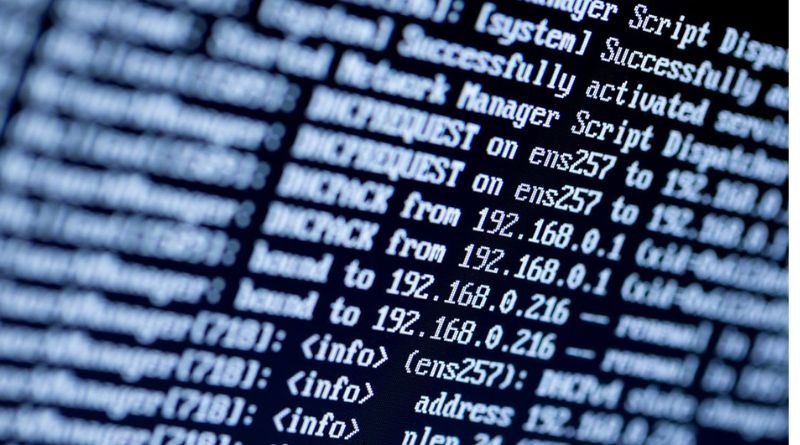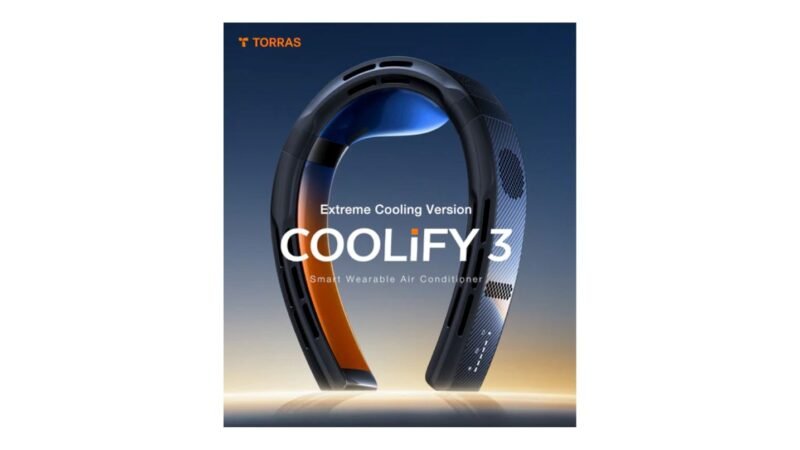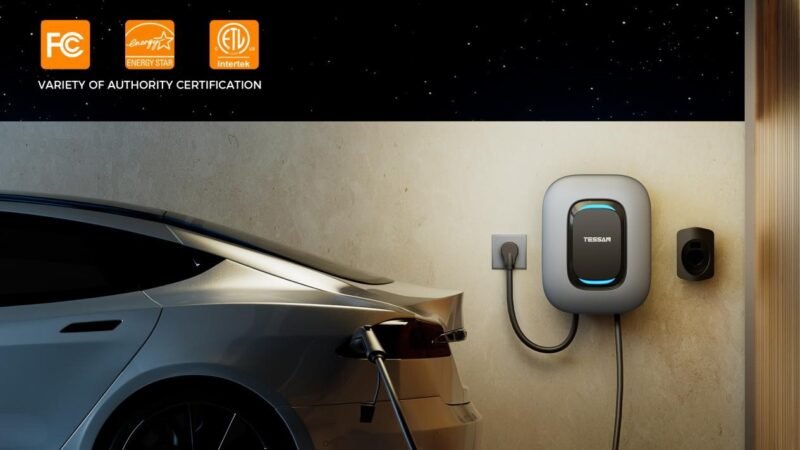Best free PC cleaner of 2022: clean your PC for free!

In order to keep your PC running at optimum speed, you should use software to clean your PC and make sure it doesn’t have any unnecessary programs or files that are slowing it down. The best free PC cleaner of 2022 will help you with this by scanning your computer and finding what can be removed in order to speed up your computer’s performance by as much as 50%! Plus, you can download the software directly from our website, so there are no costs involved at all! And the best part? The software works with Windows 10, 8, 7, Vista, XP, Windows 2003 and Windows 2000!
Update your anti-virus
Your anti-virus software is only as good as its last update, so make sure you’re running the latest version. Outdated anti-virus software can miss new threats, leaving your computer vulnerable. The best way to keep your anti-virus software up to date is to set it to update automatically. Most anti-virus programs have this option in their settings.
If yours doesn’t, you can usually find updates for your specific program on the developer’s website. Keep your computer safe by keeping your anti-virus software up to date! You’ll want to make sure you have the latest updates before installing a new piece of software, visiting unfamiliar websites or clicking links in e-mails and other messages.
Updating your system also helps protect against newer malware that may not be recognized by older versions of an anti-virus program. Some security experts recommend updating at least every week or two, but if you don’t use your computer much that might not be necessary.
Clean up old documents
Spring is a great time to start fresh, and that includes cleaning up your computer. Just like you declutter your home, you can declutter your PC by deleting old documents you no longer need. Not only will this clear up space on your hard drive, it will also help you organize your files so you can find what you need more easily.
Here are seven tips to help you get started -If you have some important documents that are backed up elsewhere, save them before starting the cleanup process. Once they’re backed up, delete the originals from your computer’s hard drive to make room for new data.
-Be mindful of any sensitive information when clearing out your old files – if there’s anything you want to keep private, take the extra steps necessary to securely delete them from your system. You can do this by making sure they’re securely backed up (such as in the cloud), or by removing any identifying information before deleting them entirely. For example, if you’ve stored a file on your computer with both your name and address included in the document, consider using scrubbing software such as Eraser to remove all traces of those items.
-Keep an eye out for programs that are taking up lots of space on your hard drive. They may be installed but not used often enough to warrant being left behind – especially if they come pre-installed with Windows 10, which takes up over 15GB alone without adding anything else! The best way to identify these programs is by sorting through the Applications folder and seeing which ones take up more than 1GB each. For example, Microsoft Office 2007 takes up 4GBs by itself.
Delete unneeded files
One way to help keep your PC running smoothly is to delete unneeded files. If you have files on your computer that you no longer need, they can take up space and slow down your PC. To delete unneeded files:
- Open File Explorer.
- Select the files or folders you want to delete.
- Press the Delete key on your keyboard, or right-click the selected items and select Delete from the menu.
- Click Yes when prompted to confirm that you want to delete the selected items.
- The selected items will be deleted from your computer. 6. You may also want to run a disk cleanup (see #3). Disk Cleanup helps remove temporary Internet files, cookies, and other unnecessary data that accumulates on your hard drive over time. It runs automatically every week but if you want to manually run it then follow these steps:
- In Windows 10 go to Settings > System > Storage > Disk Cleanups.
- In Windows 8/8.1 go to Control Panel > Administrative Tools > Computer Management > Disk Cleanup Utility > Disk Cleanup tab
- In Windows 7 go to Start Menu>All Programs>Accessories>System Tools>Disk Cleanup Wizard . Follow the instructions in the wizard to finish deleting unwanted files.
- Another way to clean your PC is by running an antivirus scan. Your antivirus program should come with options that allow you to schedule scans so they happen automatically at certain times during the day when you are not using your computer.
Do NOT update Java/Flash
Updating Java and Flash can introduce new security vulnerabilities to your system. If you must use these programs, make sure to disable them when you’re not using them. You can do this by opening the Java Control Panel and selecting the Security tab. Then, uncheck the Enable Java content in the browser box. For Flash, go to Adobe’s website and select Uninstall. When prompted, uninstall both Flash Player and Shockwave Player.
The Windows Registry is one of the best places to find junk files that are causing problems on your computer. Delete any entries with a .tmp extension or any entries with long names (ie., HKEY_LOCAL_MACHINE\SOFTWARE\Microsoft\Windows NT\CurrentVersion\Winlogon).
Back up important data on your computer such as documents and photos. The only thing left to do is get rid of all those unnecessary files on your hard drive. Cleaning out old files helps your computer run faster. One way to start cleaning is through Disk Cleanup.
To run Disk Cleanup, click Start and type Disk Cleanup into the search bar on the taskbar. Click Disk Cleanup to open it and then choose which drives you want to clean up. Choose More Options if necessary and then choose what types of items you want cleaned up, like temporary internet files or recently used program installations/files.
Click OK after making your selections; wait while Disk Cleanup scans your drive(s) for junk files; finally click OK again when finished scanning. Check back soon for more tips on how to keep your PC running smoothly!
Use Disk Cleanup
Disk Cleanup is a utility that comes with Windows 10 and can be used to free up space on your hard drive. To use it, simply open the Start menu and type in Disk Cleanup. Once the utility opens, select the drive you want to clean up and click OK. The utility will then scan your drive and show you a list of files that can be deleted. Simply select the ones you want to delete and click OK.
And that’s it! Your PC will now have more space. There are other utilities out there that do this as well, but none are as easy to use as Disk Cleanup. If you’re looking for something even easier than this, there are some third-party tools out there that can do the same thing but they might cost money or require an installation process. However, if all you need is a quick cleanup then go ahead and try out Disk Cleanup.
Defragment with Disk Defragmenter
Disk Defragmenter is a utility that comes with Windows that helps optimize your hard drive by consolidating fragmented files and folders. This can speed up your PC’s overall performance, and it’s a good idea to do it every few months. Here’s how:
- Open Disk Defragmenter by clicking the Start button , clicking All Programs, clicking Accessories, clicking System Tools, and then clicking Disk Defragmenter.
- In the Disk Defragmenter window, click the drive you want to defragment, usually your primary hard drive (C:).
- Click Analyze disk. Disk Defragmenter analyzes the selected drive and displays a report. If fragmentation has not occurred on the drive since it was last analyzed, no further action is required. If fragmentation has occurred, you should select one or more drives and click Defragment now. You will be warned if there are any other applications running that might be adversely affected by this process; this will probably only happen if you have an antivirus running in real-time protection mode, so we recommend disabling this before running Disk Defragmenter unless instructed otherwise by tech support personnel. When Disk Defragmenter finishes analyzing and defragging your drive(s), click Close.
Remove unnecessary startup programs using Autoruns
Autoruns is a great, free program that can help you remove unnecessary startup programs from your PC. To use Autoruns, simply download and run the program. Once it’s open, click on the Logon tab and look through the list of programs that start automatically when you log into Windows. If there are any programs that you don’t need or recognize, simply uncheck the box next to them and click Apply.
That’s it! Your computer will now start up faster and be less cluttered. You can also use Autoruns to disable all startup items if you want. Another good way to get rid of these extraneous programs is by using CCleaner, which removes temporary files and lets you delete cookies and other internet browser-related data with just one click.
TuneUp Utilities Free Edition – optimize Windows 7, 8 & 10
TuneUp Utilities is a powerful PC optimization tool that can help you clean up your PC for free. This tool can help you improve the performance of your computer by cleaning up junk files, fixing registry errors, and more. With TuneUp Utilities, you can get your PC running like new again.
Iolo System Mechanic Free – fix registry errors and speed up your PC (eight sentences):
If you’re looking for a powerful and free PC cleaner, Iolo System Mechanic Free is a great option. This tool can help you fix registry errors, speed up your computer, and more. With Iolo System Mechanic Free, you can get your PC running like new again. Download it now to optimize your Windows 7, 8 & 10 device.







